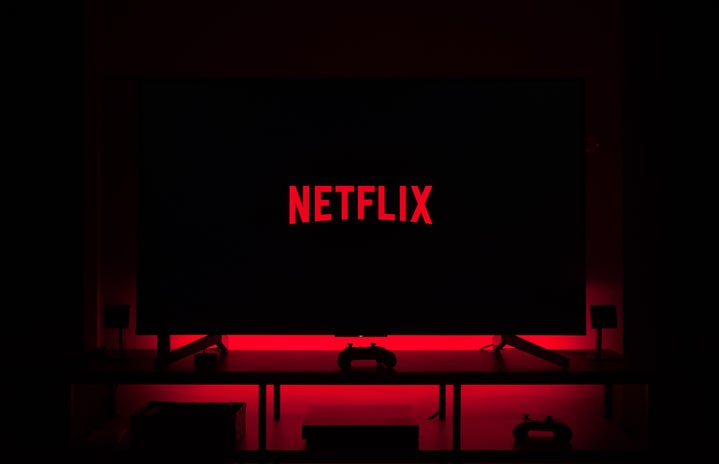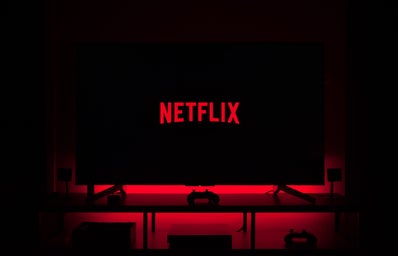It’s no surprise that the culture surrounding TV watching has changed so much in the last decade. With the decline of cable and satellite television, every major network now has their own streaming platform, whether that be Netflix, Hulu, Disney +, or HBO Max! As a Gen Z college student, it has been really interesting to witness these changes in our lifetime.
Remember having to wait a week or two for a new episode of your favorite TV show to come out? When Netflix first began, subscribers were able to rent movies from their service in the mail-in envelopes. Now, it is the most popular streaming service where subscribers have access to any show or movie at the tip of their fingertips. But how did this happen? How has binge-watching affected cable and traditional TV watching?
Netflix dropped its first original series in 2013 when 13 episodes of House of Cards were released, changing everything. Netflix had already established itself as a streaming service in 2007 but was limited to what movies and shows could be accessed from it. But as soon as it began dropping entire seasons of new series, the term “binge-watching” was adopted by the public. Audiences were able to finish their favorite series in just a matter of days rather than waiting weeks for a new episode. In 2015, the term “binge-watching” was the Word of the Year according to Collins English Dictionary.
With this newfound way of TV-watching, services like Hulu and Amazon Prime video were gaining popularity. Around this time is when cable started experiencing a wide loss of subscribers. Audiences grew more impatient waiting weeks for new episodes of their favorite shows, and streaming services allowed them to watch it all in one sitting. Studies showed that a major benefit of binge-watching is that it makes a show more fulfilling. You are immersed in the world of the show, are able to rewind parts you’ve missed, and can finish it all within hours or days. In 2016, 50.8% of the U.S. population consumed digital TV.
Streaming platforms were becoming widely available, and with the rise of original programs like Game of Thrones, Orange is the New Black, and Stranger Things, it only continued to increase. Cable became too expensive, and the lack of commercials/advertisers on streaming services appealed to the masses. Technology is changing every minute, so it isn’t surprising that digital TV would make it mainstream.
All subscribers need is an account or free trial and an Internet connection. Streaming services can be accessed on the TV, desktops, and mobile devices as well.
When everyone was stuck in quarantine when the pandemic first hit, HBO saw a 65% increase in subscribers, and a majority of people were only able to binge TV series because of all the time spent indoors. We’ve grown so accustomed to watching whatever we want whenever we want that the idea of waiting a week for a new episode seems foreign. Until now…
In 2020, Disney+ began releasing its original Star Wars and Marvel series that implemented the one-episode-per-week method. Not only did it create buzz surrounding the series for months, but it kept audiences engaged for months during quarantine. The idea of waiting weekly for TV shows is making a slow return to keep audiences invested, but it still allows people to binge-watch the whole program in one sitting after every episode premieres.
The evolution of binge-watching has come a long way and has made for some amazing original series, from Breaking Bad, Fleabag, Euphoria and more. It is great that we are able to finish entire seasons of shows in a matter of days, but that does not mean we need to abandon the idea of waiting weekly for TV shows.



